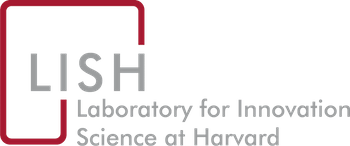Search
Search results
Publications
. 2009. “Platform Rules: Multi-sided Platforms as Regulators.” In Platforms, Markets, and Innovation, . Northampton, MA: Edward Elgar Publishing, Inc. Publisher's VersionAbstract
. 2010. “Open Platform Strategies and Innovation: Granting Access vs. Devolving Control.” Management Science, 56, 10, Pp. 1849-1872. Publisher's VersionAbstract
. 2011. “Incentives and Problem Uncertainty in Innovation Contests: An Empirical Analysis.” Management Science, 57, 5, Pp. 843-863. Publisher's VersionAbstract
. 2012. “The Confederacy of Heterogeneous Software Organizations and Heterogeneous Developers: Field Experimental Evidence on Sorting and Worker Effort.” In The Rate and Direction of Inventive Activity Revisited, . Chicago, IL: University of Chicago Press. Publisher's VersionAbstract
. 2012. “Let a Thousand Flowers Bloom? An Early Look at Large Numbers of Software App Developers and Patterns of Innovation.” Organization Science, 23, 5, Pp. 1409-1427. Publisher's VersionAbstract
. 2013. “Open Innovation and Organizational Boundaries: Task Decomposition, Knowledge Distribution and the Locus of Innovation.” In Handbook of Economic Organization: Integrating Economic and Organizational Theory, , Pp. 355-382. Edward Elgar Publishing, Inc. Publisher's VersionAbstract
. 2013. “Using the Crowd as an Innovation Partner.” Harvard Business Review 91 (4), Pp. 61-69. Publisher's VersionAbstract
. 2013. “Using Open Innovation to Identify the Best Ideas.” MIT Sloan Management Review 55 (1). Publisher's VersionAbstract
